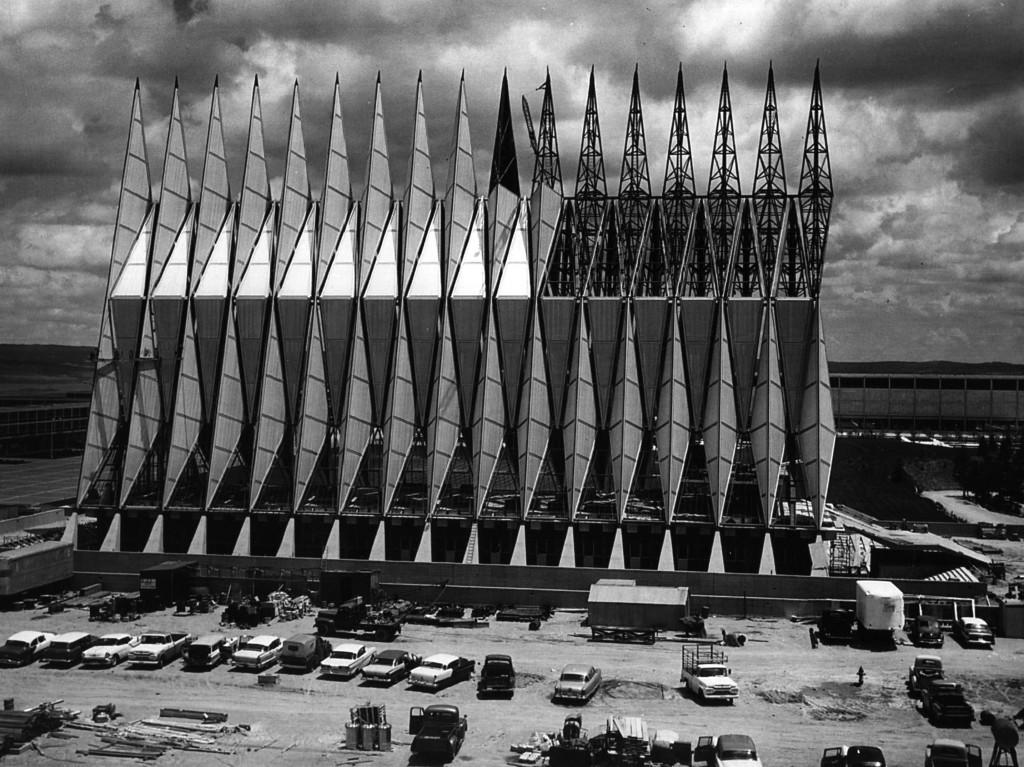Where Were Some of the World’s Best Commercial Pilots Trained? — #TBT Week of July 5

In the spirit of #TBT (“Throwback Thursday,” not Brazil’s Tabatinga Airport) FlyerTalk takes a look back at the events that helped shape modern aviation. Here are just a few moments from history that changed the face of the industry during the week of July 5.
July 5, 1945
The U.S. Civil Aeronautics Board approves the purchase of American Export Airlines by American Airlines. American purchased AEA as a method to begin intercontinental service, as AEA operated routes between the U.S. and Europe.
American would rename the international wing later in the year to American Overseas Airlines, complete with American Airlines branding. The experiment would only last five years, though, as American eventually sold AOA to Pan Am.
July 6, 1939
The era of air mail officially begins as the U.S. Postal Service utilizes an autogiro to deliver mail between Camden, N.J. and Philadelphia, Penn. The New York Times reports the new flights significantly cut down the time required to deliver mail between the two cities, as the autogiro could complete the journey in less than seven minutes.
July 7, 1929
Transcontinental Air Transport launches service with the promise that flyers could get from coast to coast in 48 hours. The new company fulfilled their promise with a combination of train and aircraft service, connecting flyers from New York to Los Angeles or San Francisco with two flights and two trains.
The transportation company would ultimately merge with two other early airlines to form Trans World Airlines.
July 8, 1966
The International Association of Machinists (IAM) stages a major strike directly affecting five U.S. airlines — Eastern Air Lines, National Airlines, Northwest Airlines, TWA and United Airlines. Over 35,000 airline employees walked out, grounding over 60 percent of commercial air traffic in the U.S.
The strike lasted until August 19, when the IAM ratified a new contract with the airlines that included cost-of-living increases.
July 9, 1982
Pan Am Flight 759, a Boeing 727 flying from Miami International Airport (MIA) to San Diego International Airport (SAN) via New Orleans and Las Vegas, crashes after departing from Louis Armstrong New Orleans International Airport (MSY). All 145 souls aboard the aircraft were lost, as well as an additional eight souls on the ground.
After investigation, the National Transportation Safety Board determined the cause of the crash to be a microburst-induced wind shear. After a second accident in 1985, the Federal Aviation Administration mandated all commercial aircraft include wind shear detection systems by 1993.
July 10, 1985
Aeroflot Flight 7425, operated on a Tupolev TU-154B, seemingly inexplicably crashes after entering a flat spin near the Uzbekistan border. All 200 souls aboard the aircraft were killed immediately upon impact.
Although the voice recorder was destroyed in the crash, investigators believe that the pilots were operating under extreme fatigue, leading them to erroneously cut power to the flight.
July 11, 1955
After the act of Congress that established the U.S. Air Force Academy, the first class entering the academy is sworn in at Lowry Air Force Base in Denver, Colo. The 307 men would be the first group to graduate from the Academy, moving to their current location near Colorado Springs just three years later.
Notable commercial pilots to graduate from the Air Force Academy include Chelsey “Sully” Sullenberger, pilot of US Airways Flight 1549 and LeRoy Homer, first officer aboard United Airlines Flight 93 on September 11, 2001.
[Photo: U.S. Air Force Academy]























